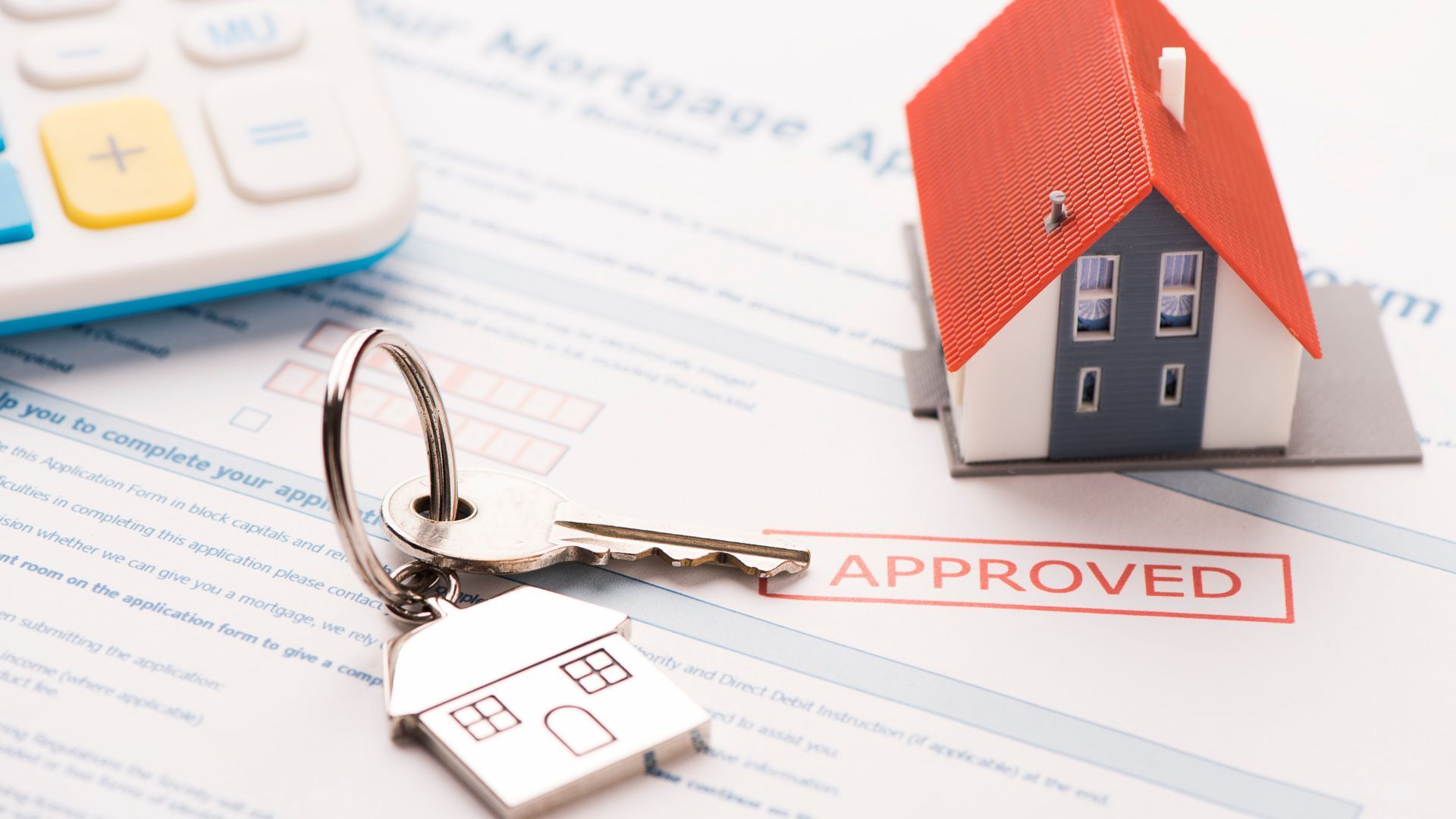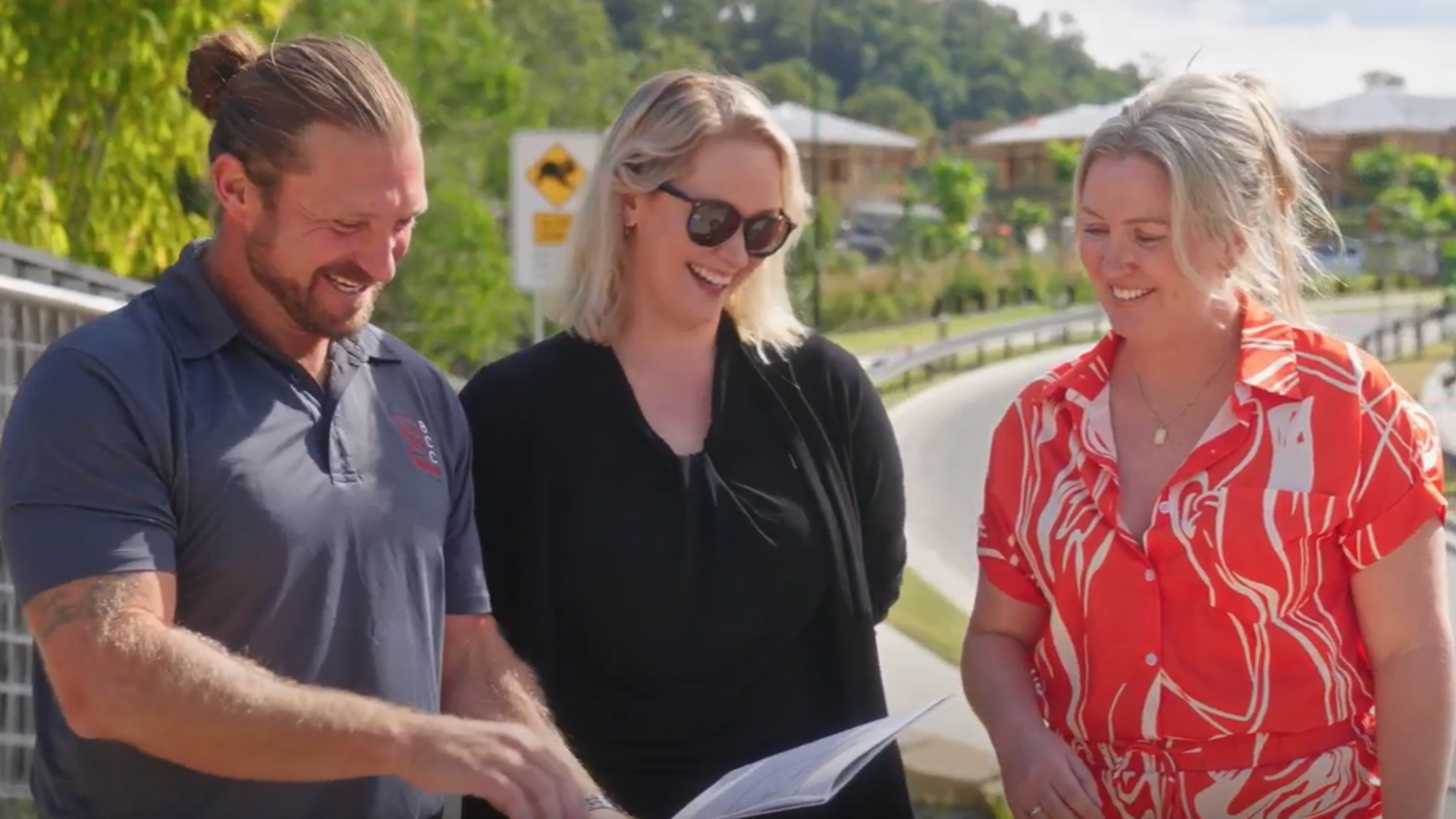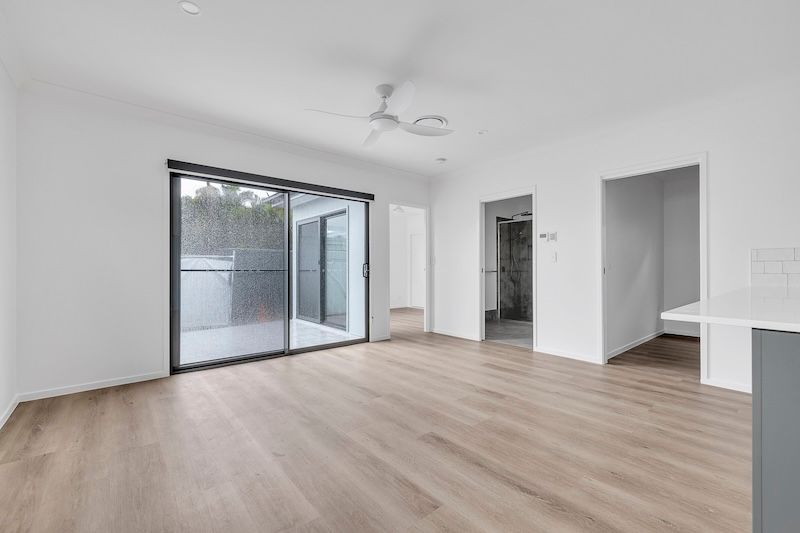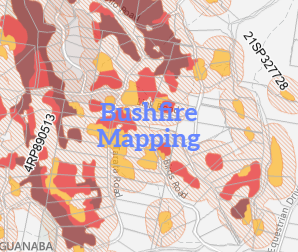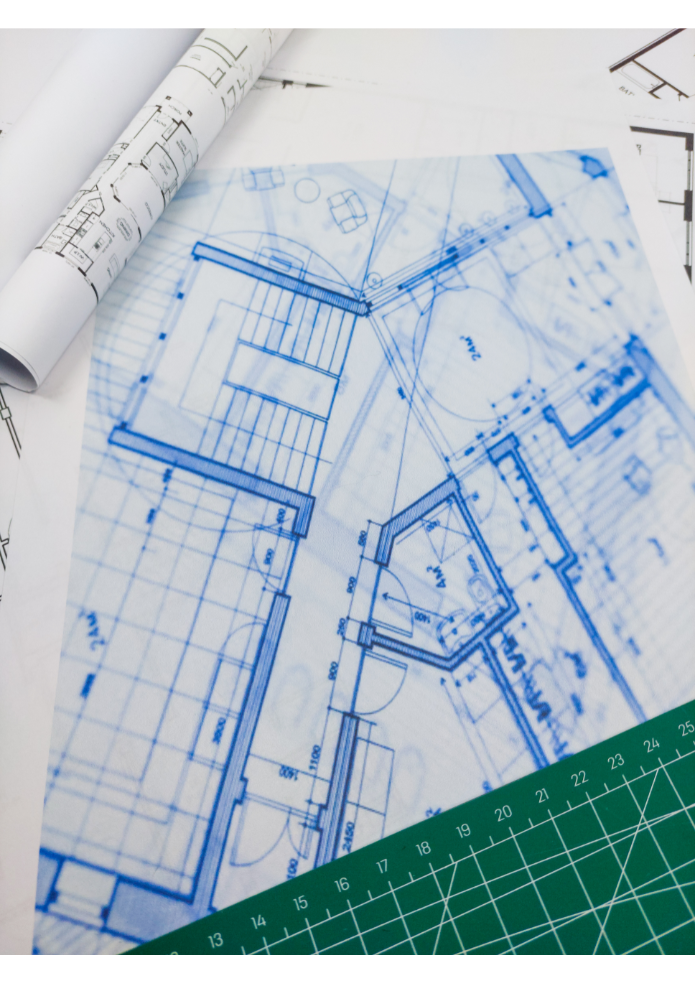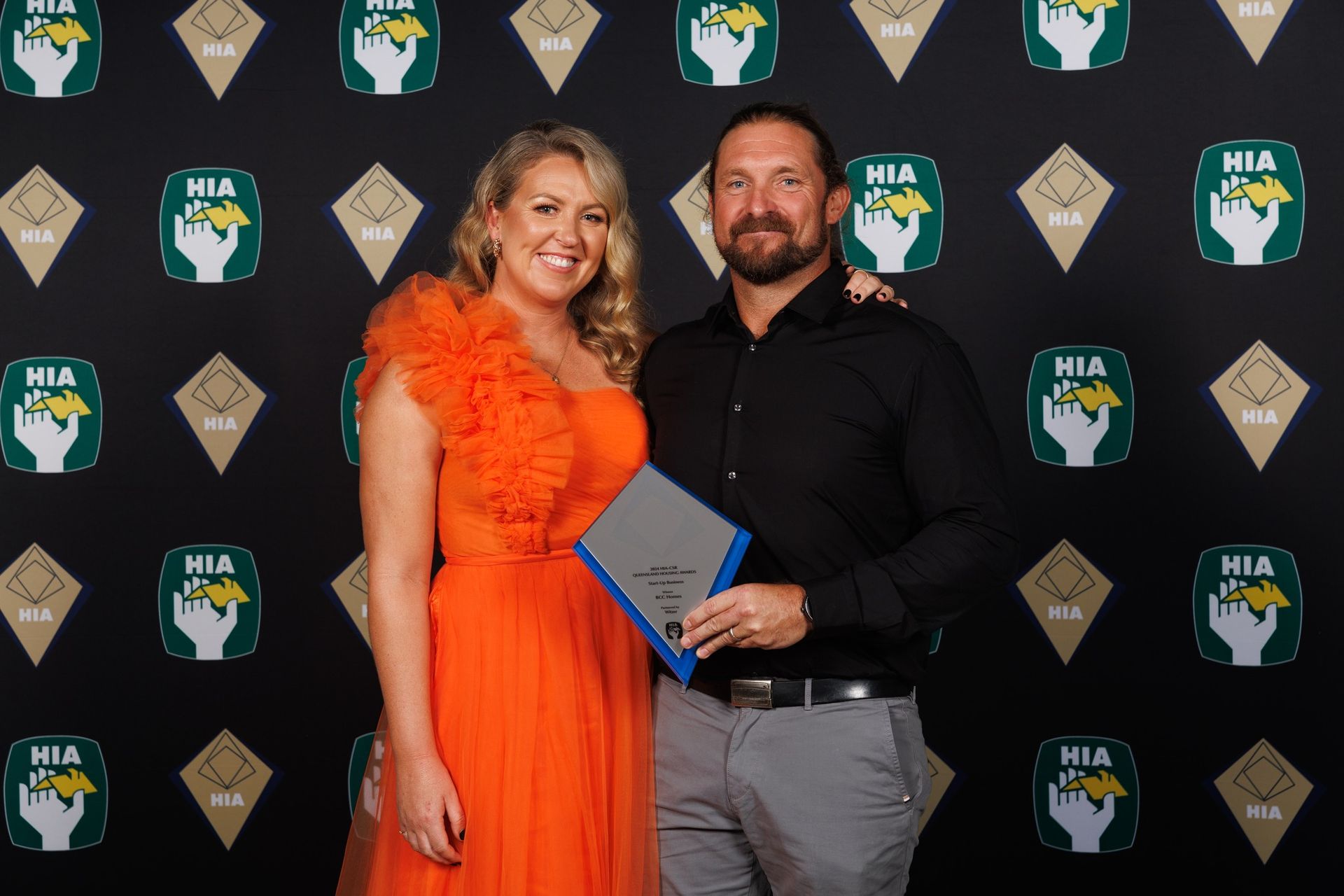How to Get Quick Building Approval in South-East Queensland
June 10, 2025
Let us help you save time and money with these easy to follow tips.
So, you're ready to build. Maybe it's a Granny Flat
for Mum, a teenager retreat, or a smart way to boost your property value. But before the dream takes shape, there's the not-so-glamorous hurdle of building approvals.
We hear this question all the time from families across the South East Queensland: "How do I get building approval quickly and without all the runaround?"
We've helped countless Queensland families cut through the red tape and get their Granny Flat projects moving faster. Here are our top tips to avoid lengthy approvals and start building sooner.
First things first – the aim is to qualify as a Secondary Dwelling. We'll share how you can do this below, and knowing these secrets is where you're going to save both time and money!
Secondary Dwelling Code: Your Fast-Track to Approval
By following a few simple rules, you'll be able to have a Private Certifier approve your Granny Flat instead of your local council. This isn't just a faster turnaround time – it can also save you thousands of dollars. Even better, if you're adding a Granny Flat for additional income, you'll start seeing a return on your investment much sooner.
Why Avoid Development Applications?
All councils, including the City of Gold Coast, follow a standardised development assessment process guided by the Planning Act 2016 and the Development Assessment Rules. This process involves several lengthy stages, including application, referral, information requests and then finally the decision from Council. Fortunately, the City Plan supports secondary dwellings, therefore if you have followed the requirements and provided the necessary documents, in most cases you will get approval. This is however where you'll spend months waiting and where possible, want to avoid.
Our Top Tips for Qualifying Under the Secondary Dwelling Code
Here's how to stay within the rules and fast-track your approval:
Stay Off the Boundaries
There are minimum distances that secondary dwellings must be built from your boundary lines. Knowing what these are and building within those requirements will save you significant time when it comes to approvals – and determines which approval pathway you'll need to take.
Stay Under 80m² - size matters
There are a few variations, but keeping your Granny Flat under 80m² on the Gold Coast will mean you'll be eligible to classify it as a Secondary Dwelling, which means faster approvals and lower costs. Note: Each council varies slightly on sizing, just contact us to find out more.
Build Within the Correct Zones
For most areas, your Granny Flat needs to be built within a specific distance of your main property. On the Gold Coast it's 20 metres for a rural property, or 10 metres from eave to eave on a low/medium density home, but again this can vary depending on which council area you're in. Building your Granny Flat within these requirements can again avoid delays. These requirements will be available from your local council and providing you abide by the zoning regulations; you can proceed under the Secondary Dwelling pathway.
The Bottom Line
If you go outside these rules, the council gets involved as your project becomes "code assessable" and a Development Application will need to be lodged. This means months of waiting and thousands in additional costs.
Stay within these simple guidelines and you can obtain Secondary Dwelling Code approval via a Private Certifier – meaning no council delays, faster approvals, and money saved.
The best part? We've already decoded this process for you.
Ready to build your Granny Flat smarter, not harder? Contact us today and discover how our proven process can get your project approved quickly and built to the highest standards. Let us help turn your vision into reality!
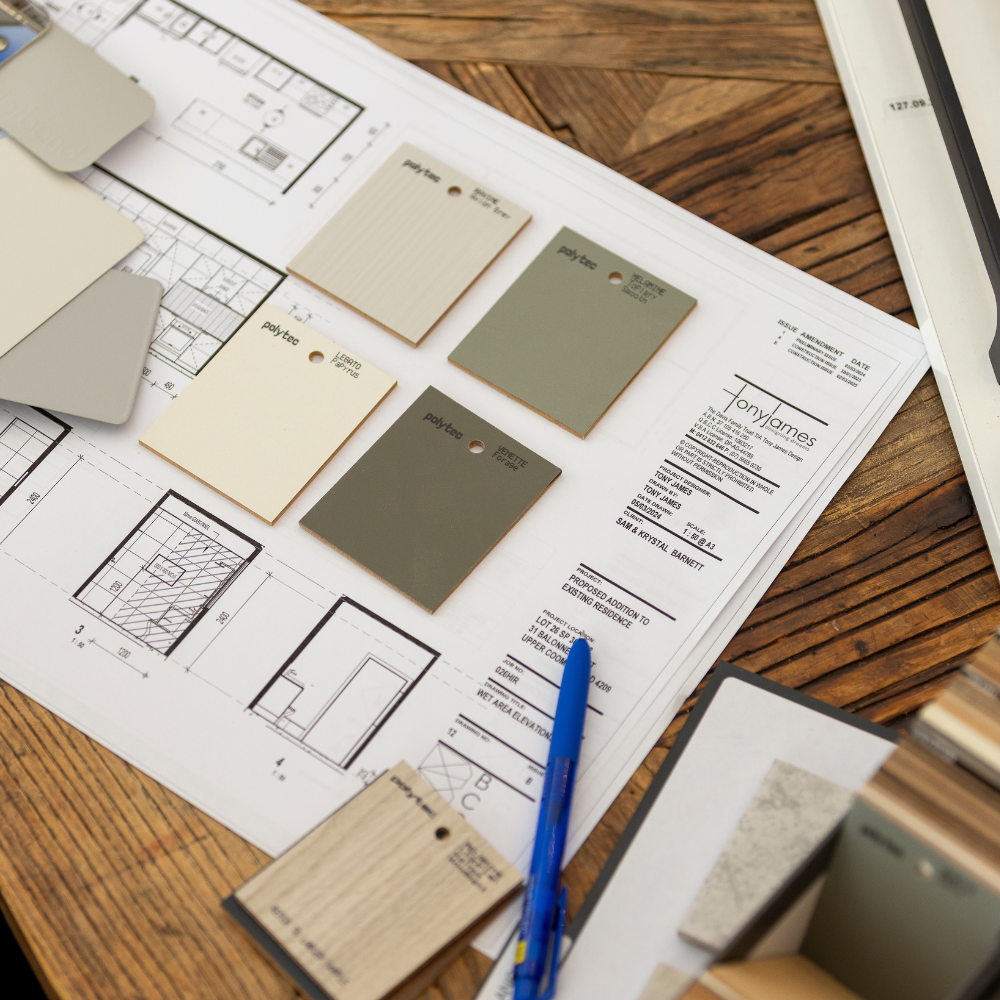
If you've started collecting quotes for your Granny Flat, you've probably noticed prices can vary by tens of thousands of dollars. So how do you know which quote represents the best value? Here's the thing: not all quotes are built the same way. Two builders can quote the same project, but what they include can be completely different. Understanding these differences is the key to making a confident, informed decision. Let's break down what to look for. 1. Ask for a Detailed Inclusions List Some builders quote only the basic structure, while others include everything from design and approvals to quality finishes and fixtures. The difference can be significant – sometimes $20,000–$40,000 worth of items. Always ask for a detailed inclusions list so you can see exactly what's covered. If something isn't written down, make sure to ask about it. The more detail you have upfront, the easier it is to compare your options fairly. Tip: If something isn’t listed, it’s probably not included. 2. Understand Your Site Conditions Every site is unique. A flat, easily accessible block will have different requirements than one that's sloped or has access challenges. Generic quotes based on "typical conditions" might not reflect your actual situation. At BCC Homes, we never offer a fixed-price quote until Sam has assessed your site. This way, you get an accurate number based on your specific property – giving you confidence in the price from day one. 3. Clarify What's Included in Design and Approvals Some builders charge separately for design work, plan revisions, and approvals, while others include these as part of the process. At BCC Homes, we include design and approvals with 3 plan revisions built in. Understanding what's covered here not only saves you time and potential surprises later but also helps you budget accurately and ensures your design will meet all council, energy efficiency, and bushfire requirements before construction begins. 4. Look at the Builder's Track Record Beyond price, consider the builder's communication style, reviews, and completed projects. A builder who's clear and transparent during the quoting process will give you confidence throughout the entire build. Look for someone who answers your questions thoroughly and helps you understand what to expect. At BCC Homes, we’re happy to walk you through our inclusions and help you compare your quotes line by line, so you know exactly what you’re getting. The Bottom Line The goal isn't necessarily to find the cheapest quote – it's to find the best value. That means working with a builder who's transparent, includes everything you need from the start, and helps you understand every step of the process - no hidden extras, no guesswork. At BCC Homes, we're here to help you understand your quotes and make informed decisions. We're happy to walk you through our inclusions line by line, so you can compare your options with confidence. Ready for your quote? Book in a call and let's see how we can turn your dream into a reality. Link


